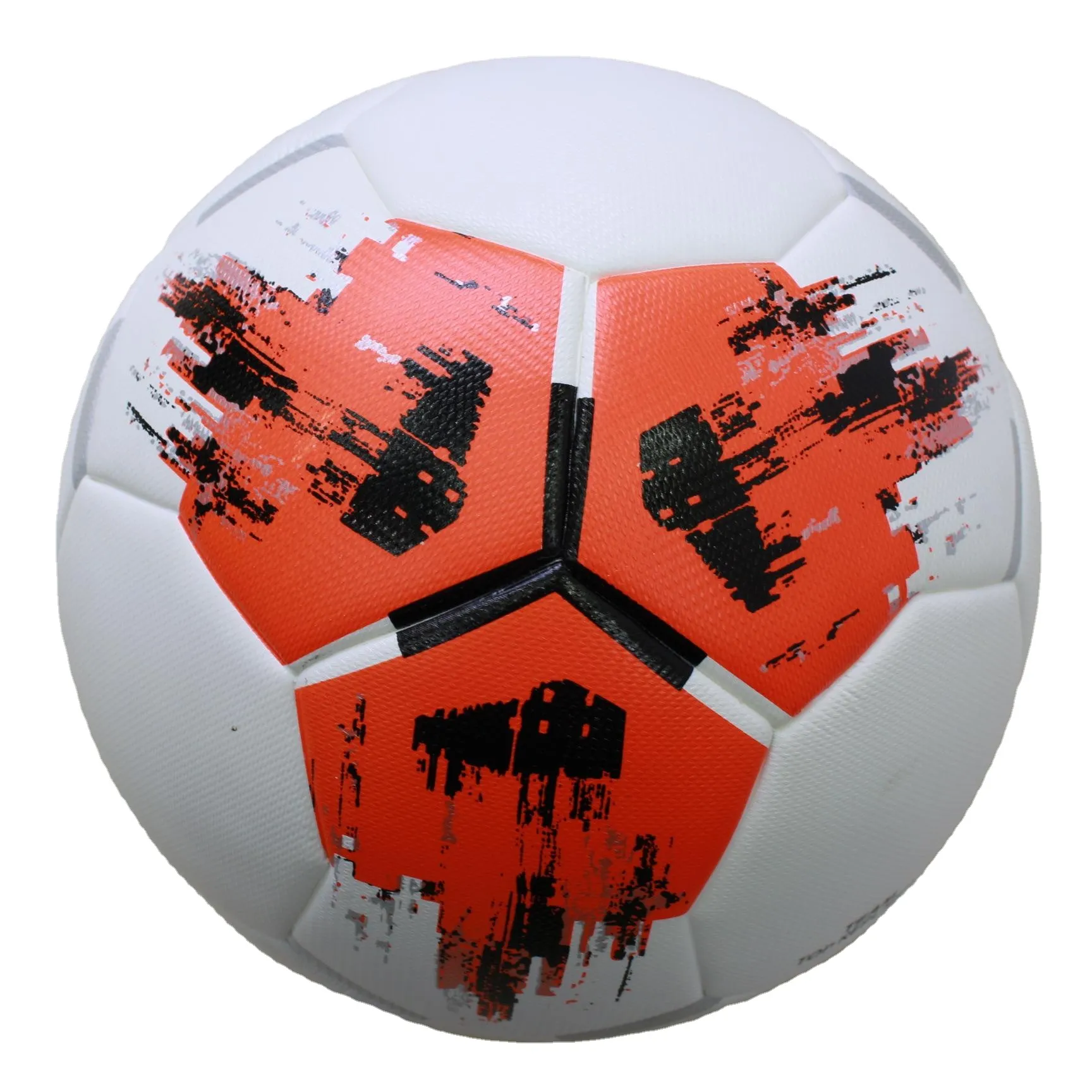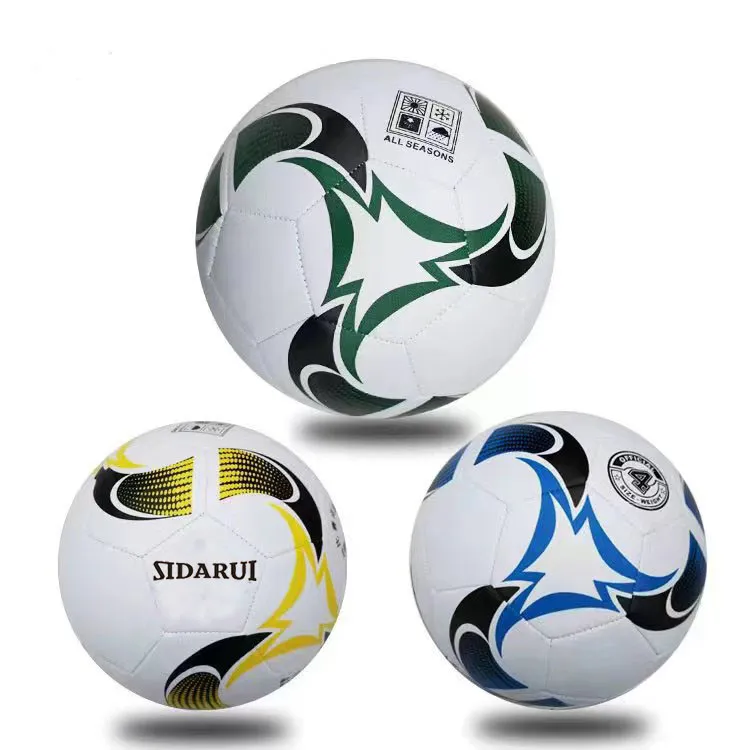When it comes to selecting good quality footballs, the choice can significantly influence not just the quality of play, but also the players' performances and safety. The myriad options available in today's market can be overwhelming, but understanding what defines a high-quality football can simplify your decision-making process and ultimately enhance the sporting experience.

The first aspect of football quality is construction material. Traditionally, footballs are made from leather, but modern advancements have introduced synthetic materials that often surpass leather by offering better durability and performance in varied weather conditions. A superior football should feature at least four layers of laminated cotton and polyester, lending it optimal strength, softness, and flexibility. These layers help the ball maintain its shape and contribute to a consistent bounce, essential for players to predict the ball's motion accurately.
The bladder, a crucial component often overlooked, plays a vital part in quality assessment.
The best quality footballs have a latex or butyl bladder. Latex bladders are favored for their excellent bounce and are often employed in professional and match-quality footballs, while butyl bladders, known for superior air retention, are frequently used in training balls. This detail ensures minimal inflation is required over time, maintaining a consistent feel and performance.

Stitching and seams not only affect aesthetics but also durability. High-quality footballs utilize reinforced stitching, which guarantees longevity and maintains the integrity of the ball even under rigorous play conditions. Hand-stitched balls exhibit superior craftsmanship, as this technique ensures each thread is uniformly tightened, reducing stress and wear on individual stitches and making them ideal for both professional matches and extended play. Machine-stitched, while more affordable, should be double-checked for proper seam straightness and tension to ensure lesser seam-splitting over time.
A good quality football also adheres to strict standards of weight, circumference, and shape retention set by authoritative bodies like FIFA. These standards ensure that when you play with a certified ball, it behaves predictably in-flight and upon impact, which is vital for professional gameplay. For instance, a FIFA-approved ball must weigh between 410 to 450 grams and have a circumference of 68 to 70 cm. The professional-grade balls are also thoroughly tested for roundness, rebound, water absorption, and even how they react under different pressures and temperatures.
good quality football
For authenticity and trustworthiness, purchasing from reputable brands known for meticulous engineering like Adidas, Nike, or Puma ensures you receive a product tested for precision and built to professional standards. These companies have decades of experience and continually refine their products to accommodate the evolving dynamics of modern football. Their extensive research and development processes are critical to producing balls that satisfy professional leagues worldwide.
User reviews and expert recommendations serve as the current compass for identifying quality products. Engaging with user communities online and observing customer feedback provides invaluable insights into how a ball performs in non-controlled environments—like after extensive use or in extreme weather. From these real-world experiences, you gather credible accounts of a football's durability and functionality.
Moreover, expert reviews, often published by sports journalists or professional players, give deeper insights into a football’s performance characteristics. This authoritative input helps in differentiating marketing gimmicks from genuine product features, ultimately guiding your purchase for a ball that delivers on its promises.
For customers who prioritize sustainability and ethical manufacturing, knowing the production processes and the ethical standards of the brands can also be a defining factor in quality. Brands that emphasize environmentally friendly practices and fair labor conditions often provide this information as part of their product offerings.
In conclusion, selecting a good quality football involves understanding materials, construction, brand reputation, as well as first-hand and expert experiences. With these factors in mind, both amateur and professional players can discern products that ensure optimal performance, safety, and enjoyment on the field. Making an informed purchase not only improves your game but also reinforces your commitment to quality and ethical standards in sports equipment.













